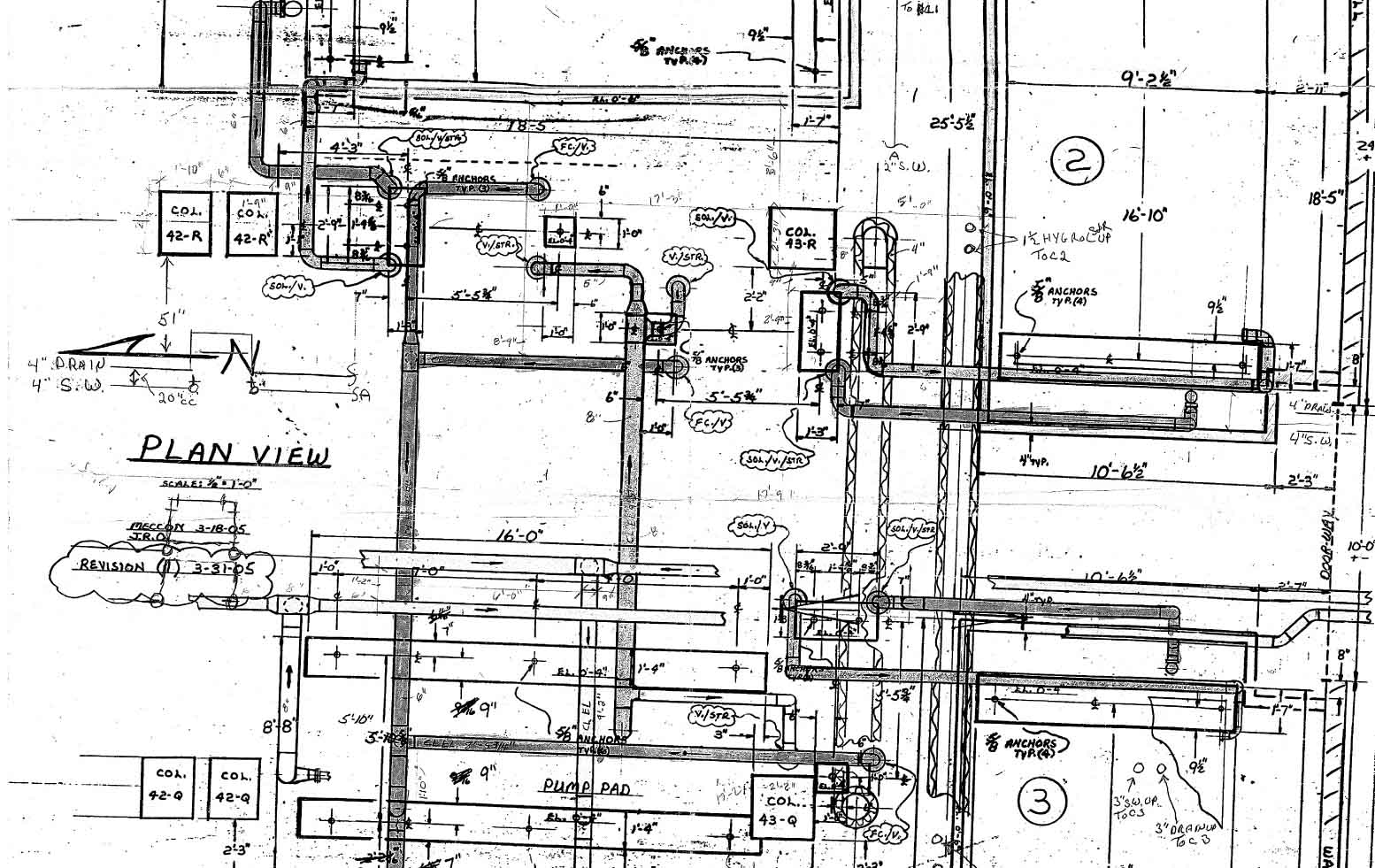Why Your Toilet Sweats
Ah, the sweating toilet.
So, why exactly is your toilet sweating, and what can you do to stop this nuisance before it leads to mold, mildew, and water damage?
The good news is that the sweaty moisture on the outside of your toilet isn’t caused by a leak or a plumbing backup – so don’t get too grossed out! Instead, that sweat is simply condensation, usually caused by a discrepancy in temperature.
You see, if the temperature of the water inside your toilet tank greatly differs from the temperature of your room, condensation is going to form. This is why most toilets sweat in the spring and summer (just like us); the cold water in your toilet tank causes the surface of the tank to cool down. When this cold surface comes in contact with the warm, humid air in your bathroom, condensation – or “sweat” – forms.
When too much condensation builds up, little drips and drops can begin to move down your toilet and splash to the floor below. So even though a drip here and there may not be enough to make you worry, a “drip here and there” over a long period of time can really add up when left untreated.
Both mold and rotting can occur as a result of prolonged wetness, forcing you to have to replace either the flooring base around the toilet, or even the entire bathroom floor.
How to Stop It
So what can you do to beat back that nasty, watery “sweat?”
Your best answer to stopping condensation from forming is an anti-sweat valve, which runs the cold water line to your toilet, and can also be hooked up to your hot water. The valve can, then, add warm water to the colder water in your tank, making the water temperature balance out to the ambient room temperature.
If having a plumber install this hardware doesn’t seem to be in the cards, there are also a few DIY solutions you can try:
- Cover the tank: You can use a towel or other absorbent material to wrap around the outside of the tank and take away dripping moisture.
- Insulate the tank: These are sold in-store, and made out of protective materials like foam, adhering to the inside of your tank and helping keep it from getting too cold.
- Use a ventilation fan in your bathroom: This will help reduce the overall humidity and temperature of the bathroom, making it less likely that your toilet will sweat.
- Lower the temperature of your shower/bath: This will also reduce the amount of heat and humidity in the room.
- Buy a water-saving toilet: If there is less water in your tank, less condensation will be able to form.
- Buy a toilet with a temperature-increasing (tempering) tank: A second tank will pre-warm the water before it goes into the larger tank.
Need professional help? Have any other plumbing mysteries that need solving? Don’t hesitate to drop us a line or give us a call, and our plumbing specialists will be there in a flash!














